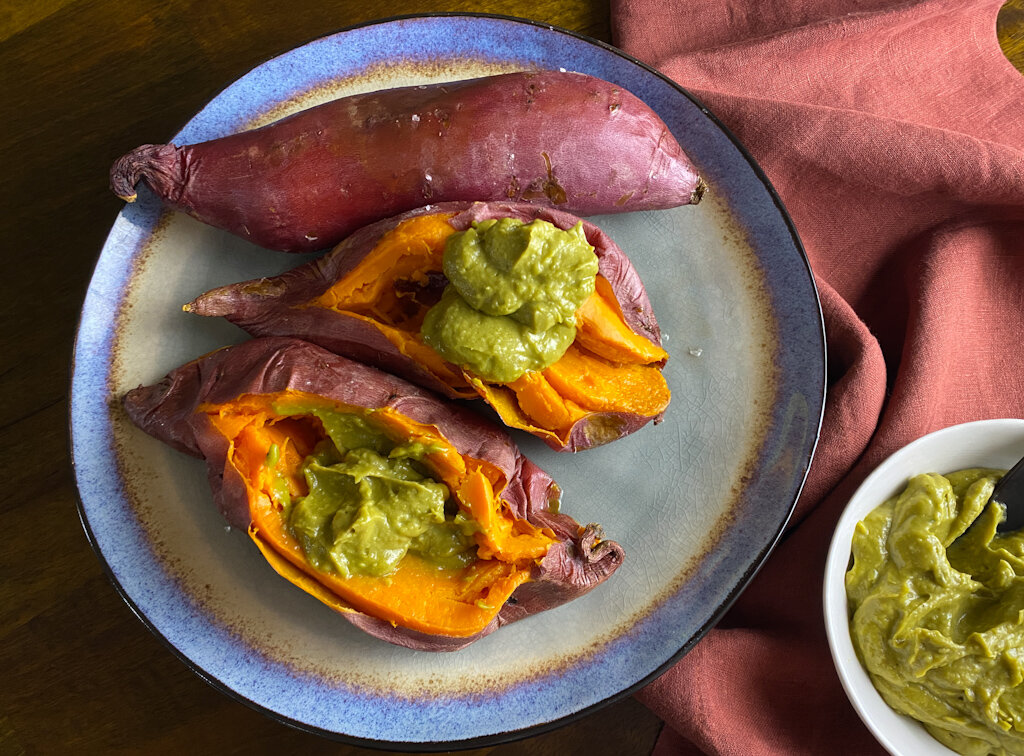I’m in process of cooking my way through the book in order to write a review, but I wanted to share the dish with you while okra is still in season (it will likely end very soon). The recipe — which Samuelsson calls “Papa Ed’s Shrimp and Grits” — was inspired by, and serves as an homage to, Ed Brumfield, executive chef of Red Rooster, Samuelsson’s restaurant in Harlem.
Most of the shrimp and grits I’ve eaten have been a basic low-country style, the shrimp poached in a rich gravy and spooned over cheesy grits. Toni Tipton-Martin sheds valuable light on the history of the dish and its styles in her much lauded (and wonderful) book Jubilee: Recipes from Two Centuries of African American Cooking:
“Shrimp and grits are everywhere on restaurant menus, but harder to find in African American cookbooks unless you know what you’re looking for: The historian Arturo Schomburg called it ‘breakfast shrimp with hominy.’ In Gullah-Geechee parlance, it’s gone by names like shrimp gravy or smuttered shrimp. Casual Louisiana Creoles might call it breakfast shrimp with tomatoes.”
It is the more tomatoey, Creole direction Samuelsson takes for the dish in The Rise; it includes a small dice of okra, as well. The lively sauce, smoky with paprika and spicy with cayenne, is bright and piquant enough to beautifully balance those cheesy, rich grits. (Are you hungry yet?) It’s much like a quick shrimp gumbo served on grits.
My favorite shrimp and grits ever is not difficult to make. It calls for fish stock (we used shrimp stock, a substitution that’s acknowledged in our adaptation of the recipe). Because we’re in the habit of buying shrimp in the shell and freezing the shells for the purpose, we were able to whip up a quick shell stock before making it; you’ll find the method toward the end of our shrimp, andouille sausage and gumbo recipe. I suspect purchased low-sodium chicken broth would also work, as would clam juice diluted in with water and chicken broth in a 2:1:1 proportion.
Though I used fresh okra, as the recipe specifies, if you can’t find fresh, I also suspect frozen would work fine. (I like to buy an extra pound of beautiful okra during the season, which I trim and freeze in a zipper bag, just to have for such moments. It freezes beautifully, so if you do see it, consider grabbing some extra.) Just let it thaw before you dice it.
If you make this dish, I hope you enjoy it as much as we did. I could even imagine, if okra is still around then, making it the centerpiece of a Black Food MattersThanksgiving dinner.

















